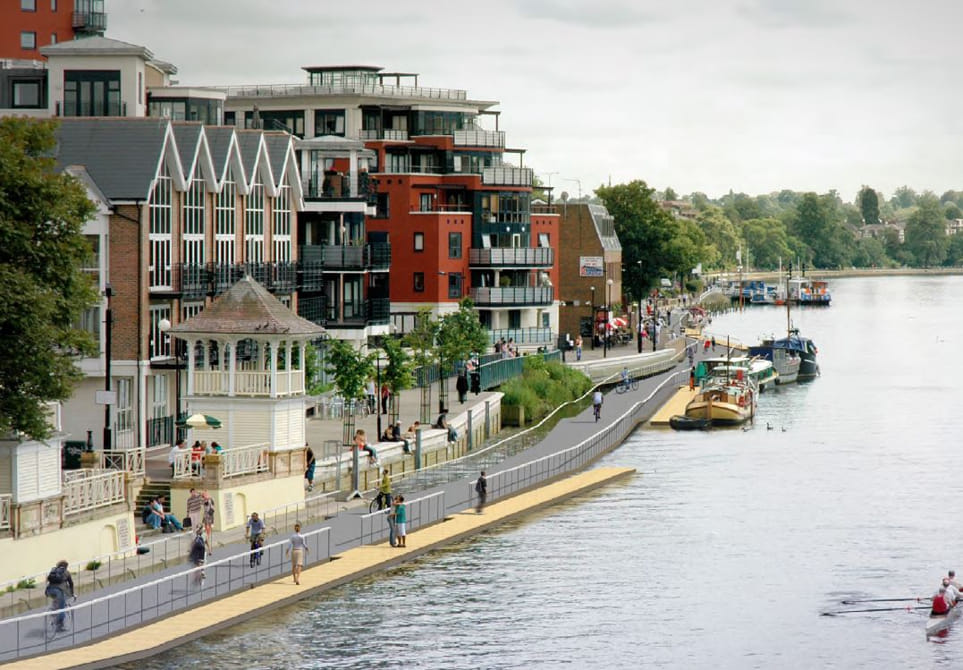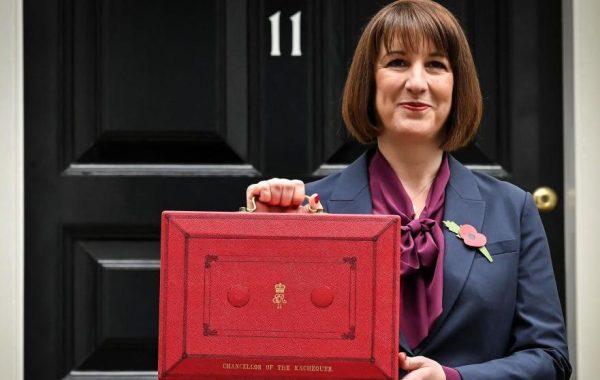Demystifying Development: A Guide to Kingston Upon Thames Planning Permission
Kingston Upon Thames, a charming borough nestled along the banks of the River Thames, beckons with its rich history, vibrant town center, and idyllic green spaces. But for those considering renovations, extensions, or entirely new builds, navigating the planning permission process in Kingston can feel like deciphering an ancient code. Fear not, intrepid developer! This comprehensive guide unravels the mysteries of Kingston Upon Thames planning permission, equipping you to approach your project with confidence.
Understanding the Landscape: The Royal Borough of Kingston Upon Thames
Kingston operates under the authority of the Royal Borough of Kingston Upon Thames Council, the local planning authority (LPA) responsible for assessing development proposals. The council meticulously considers each application to ensure it aligns with the borough’s Local Development Framework (LDF). This framework outlines the council’s vision for future development, encompassing factors like housing needs, infrastructure, and the preservation of Kingston’s unique character.
Charting Your Course: Types of Planning Applications in Kingston
Before embarking on your planning journey, it’s crucial to identify the type of permission you require. Here’s a breakdown of the most common applications in Kingston:
- Householder Applications: These cater to minor works on existing properties, such as loft conversions, extensions, or alterations. They are generally less complex and quicker to process.
- Planning Permission for New Builds: This applies to the construction of entirely new dwellings or commercial structures. The process is naturally more rigorous, requiring detailed plans and justifications for the development.
- Listed Building Consent: Kingston boasts a rich architectural heritage with numerous listed buildings. If your project involves a listed building, you’ll need this specific consent alongside planning permission to ensure alterations respect the building’s historical significance.
The Planning Application Process: Step-by-Step
Once you’ve determined the necessary permission type, here’s a roadmap to guide you through the application process:
- Pre-Application Enquiry: This optional yet highly recommended step allows you to engage in a pre-submission discussion with the council’s planning department. This valuable dialogue can flag potential concerns and streamline the formal application process.
- Assemble Your Application Pack: This comprehensive document should include detailed plans, drawings, a written explanation of your proposal, and the required fee. Ensure your plans adhere to Kingston’s Local Development Framework and supplementary planning documents (SPDs) which provide more specific guidance on development considerations within particular areas.
- Submit Your Application: Applications are submitted electronically via the council’s online portal.
- Validation & Consultation: The council assesses the application’s completeness and may request additional information. Public consultation also takes place, allowing neighbors and residents to voice their opinions on the proposed development.
- Decision Making: The council’s planning committee carefully considers the application, public feedback, and officer recommendations before reaching a final decision on approval or refusal. This process typically takes eight weeks for householder applications and longer for more complex projects.
- Appeals Process: If your application is denied, you have the right to appeal the decision to the Planning Inspectorate, an independent body that reviews planning disputes.
Additional Considerations: Fees, Timelines & Resources
Planning applications incur fees based on the project’s scale and complexity. The council’s website provides a detailed fee calculator to estimate the cost involved. Processing timelines vary depending on the application type and complexity.
The Royal Borough of Kingston Upon Thames Council offers a plethora of resources to assist you throughout the planning permission process. Their website provides downloadable application forms, helpful guidance documents, and online access to the borough’s Local Development Framework and supplementary planning documents.
Seeking Professional Help: Architects, Surveyors & Planning Consultants
For navigating the intricacies of planning applications, particularly for larger or more complex projects, consider engaging the services of qualified professionals. Architects can translate your vision into detailed plans that meet regulatory requirements. Surveyors can provide crucial site assessments and ensure compliance with building regulations. Planning consultants possess a deep understanding of planning policies and can offer invaluable guidance throughout the application process.
Building a Dream in Kingston: Conclusion
With careful planning, a thorough understanding of the process, and the potential support of qualified professionals, securing planning permission in Kingston Upon Thames can be a rewarding experience. By collaborating with the council and respecting the borough’s unique character, you can contribute to Kingston’s vibrant future while realizing your development aspirations.
Remember: This guide serves as a starting point. It’s always advisable to consult directly with the Royal Borough of Kingston Upon Thames Council for the latest information and specific requirements for your project. With dedication and a touch of planning savvy, you can transform your vision into a reality within the charming embrace of Kingston Upon Thames.





